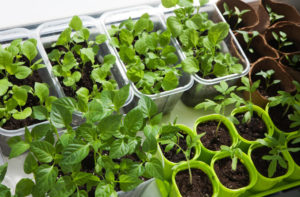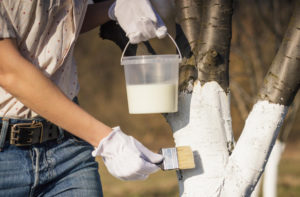One of the important, and maybe the most important agricultural techniques is timely watering of the garden. In this case, not only the norms, terms and methods are important, but also the requirements of cultures to the temperature of water. And with the last point all ambiguous. The opinion that it is necessary to moisten beds only with water heated in the sun, some gardeners question or ignore at all. And at the same time get a quality and abundant harvest! To find out where the truth is, we offer a detailed understanding of all aspects of competent irrigation.
It will rain – it will be rye (saying)
A large crop without irrigation should not be expected. Without the necessary amounts of moisture will not grow tomatoes will taste bitter cucumbers, root vegetables will go in the “arrow” cabbage begins to tie cabbages and peppers and eggplant and even flowers fall off and the ovary.
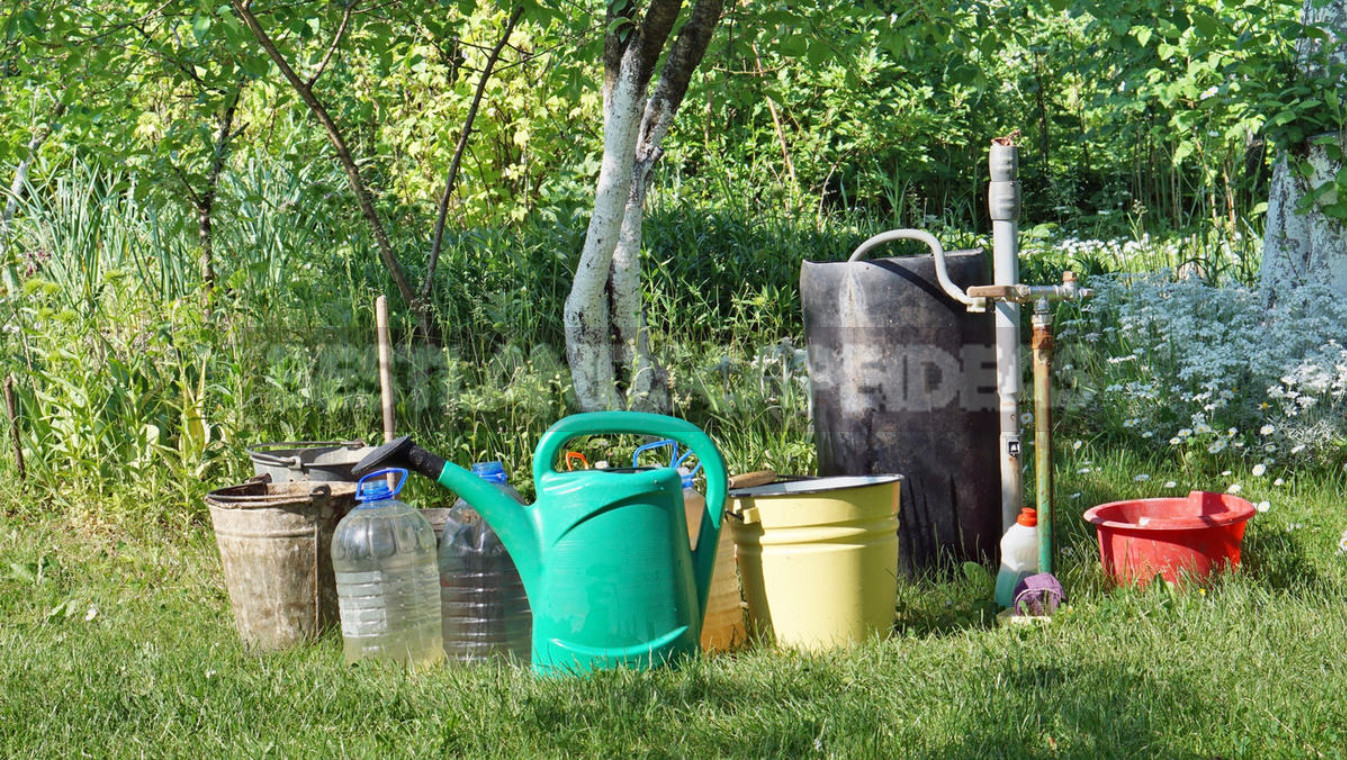
But to achieve excellent results, you need to water on time and correctly. About the basic requirements for watering various vegetables you can read in the publication of our website Each vegetable — your watering.
Is warm water really important for plants
One of the characteristic features of the gardener is the tendency to fall into a truly medieval obscurantism. We sow the roots only in the Day of root, we believe that classical music in the greenhouse improves the ovary of the tomato, and heavy rock and noise, on the contrary, lead to the formation of ugly fruit.
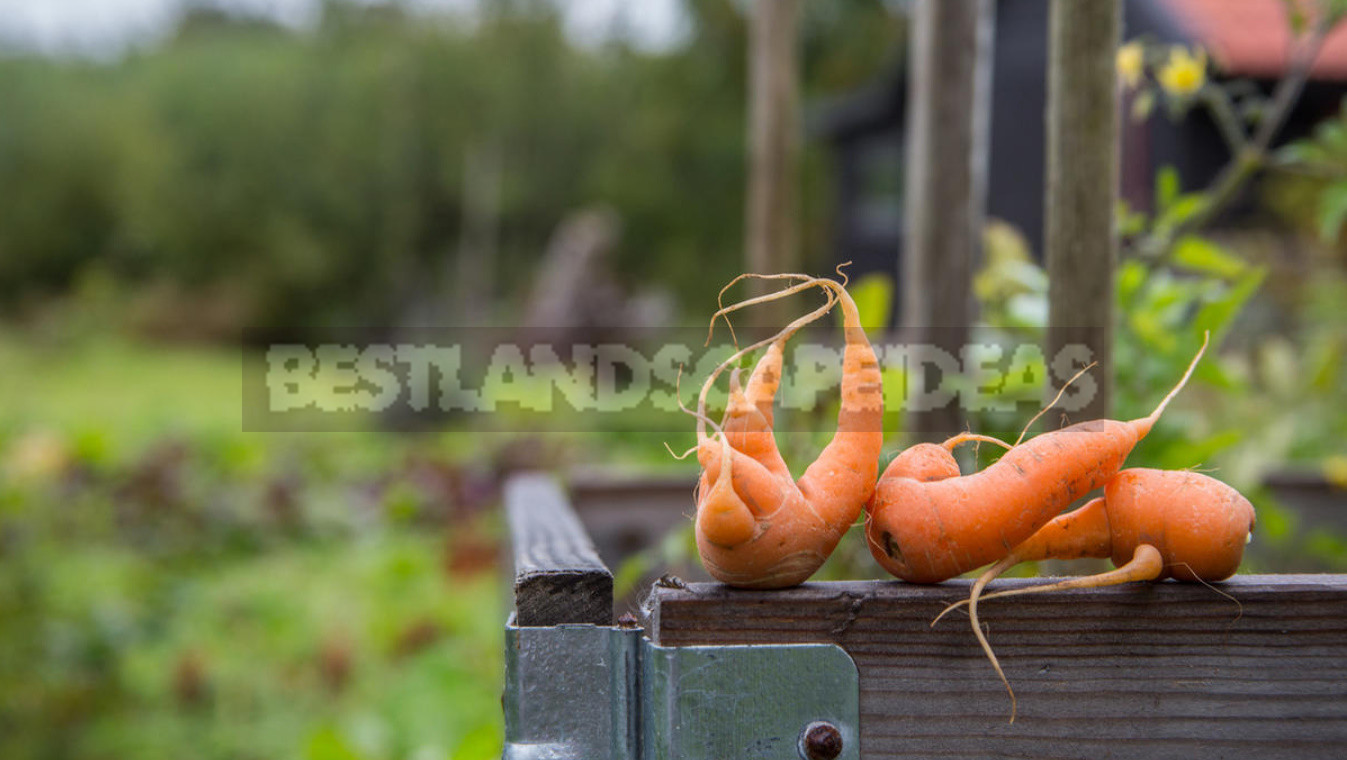
We believe that there is a variety of curly super-yielding strawberries and certainly want to have a rose in the flower garden with blue petals. Among the many subjects of fierce debate among experienced gardeners and novices, and a question about water temperature for watering can to water the plants with cold water?
Harmful, useful or whatever?
It is believed that cold moisture is harmful to plants. That irrigation water with a temperature below +15°C inhibits beneficial microorganisms and earthworms, provokes the development of diseases, leads to the formation of ugly carrot roots and can even cause the death of pumpkin — cucumbers and zucchini. Is that really the case?
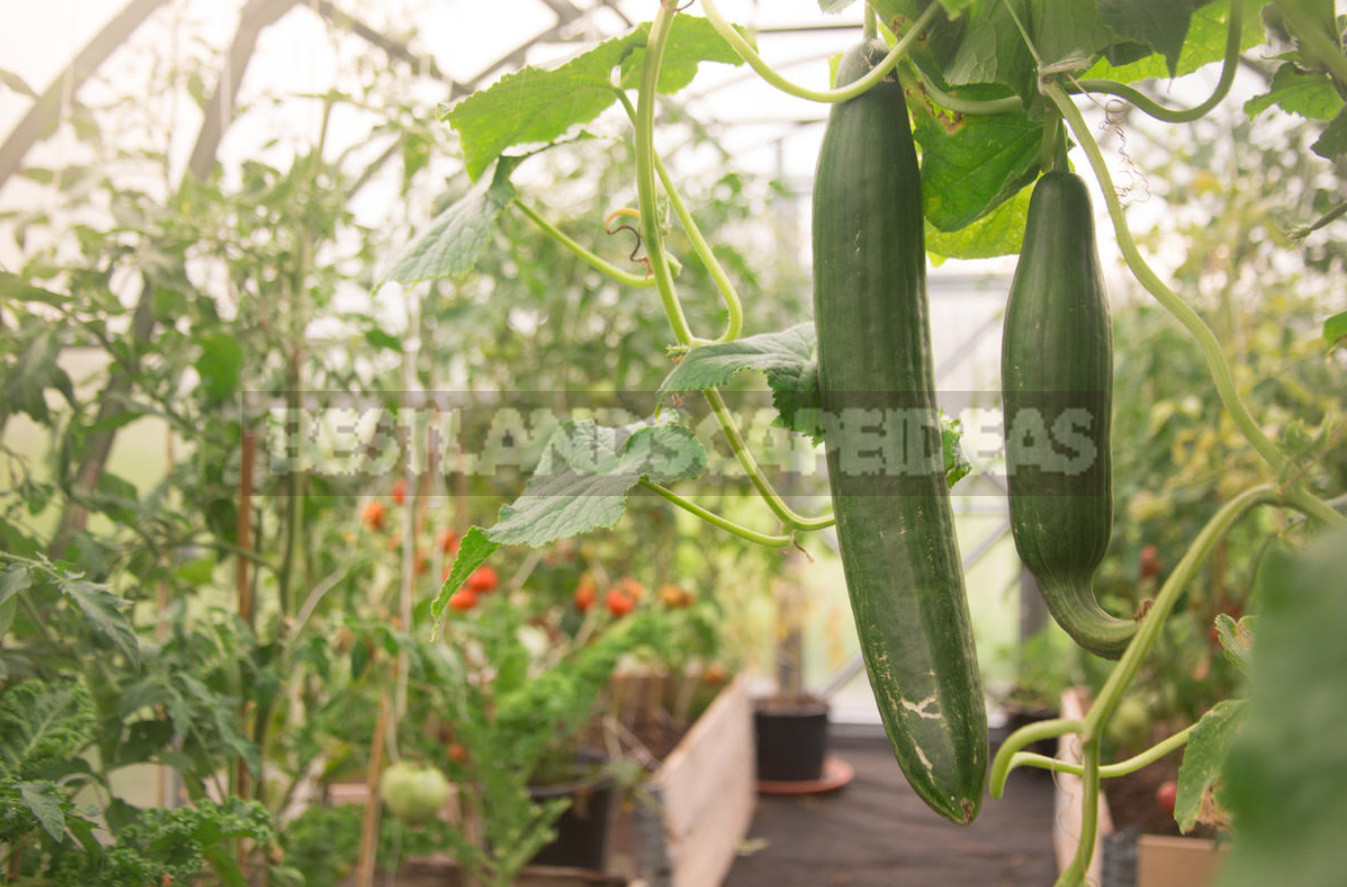
Consider all the pros and cons. The main argument of the supporters of the theory “it is the same what water to water” — in the nature nobody warms rain water. This is true. Except that really cold precipitation begins only in late autumn, and summer water from the sky is not comparable to the November rains.
In cold soil, plants have reduced the ability to absorb some nutrients and may die peripheral thin roots. As a result, the weakened and “hungry” plant becomes easy prey of pests of all kinds.
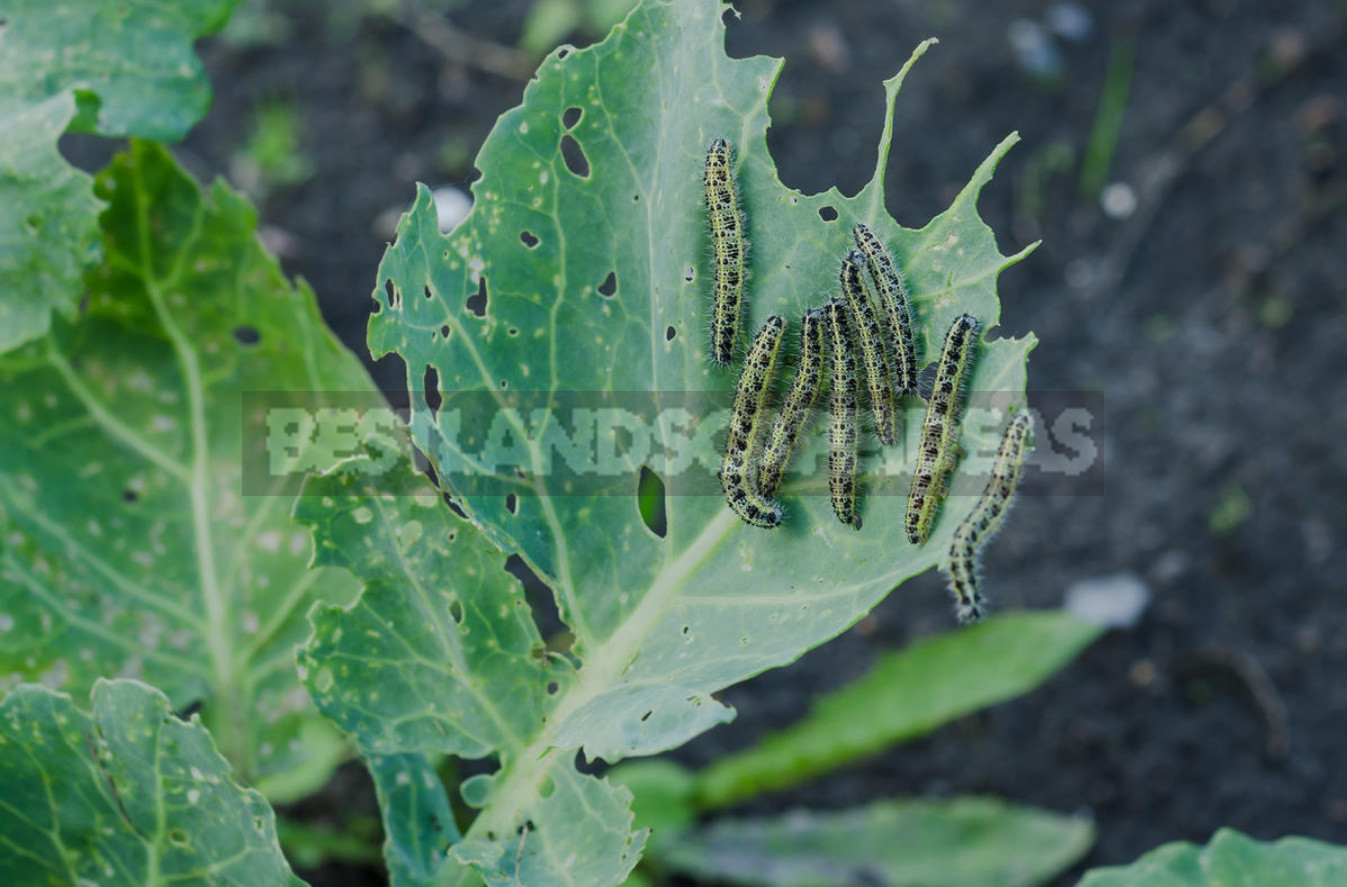
Deciding for themselves the question of the temperature of irrigation, it is worth considering that most of our usual vegetables — come from the tropics. Therefore, if the ancestors of the cucumber come from India, it is logical that cold water will be a stress for the plant and can even cause its death. The most pleasant temperature for pumpkin crops is +22°C. In cold summer and spring, some gardeners practice watering cucumber beds with even hot water — heated to +50°C.
But Solanaceae are more relaxed about cool moisture, they are quite satisfied with the temperature of +18°C. Some gardeners argue that tomatoes are even better to water with cold water, since they do not like overheating of the roots.
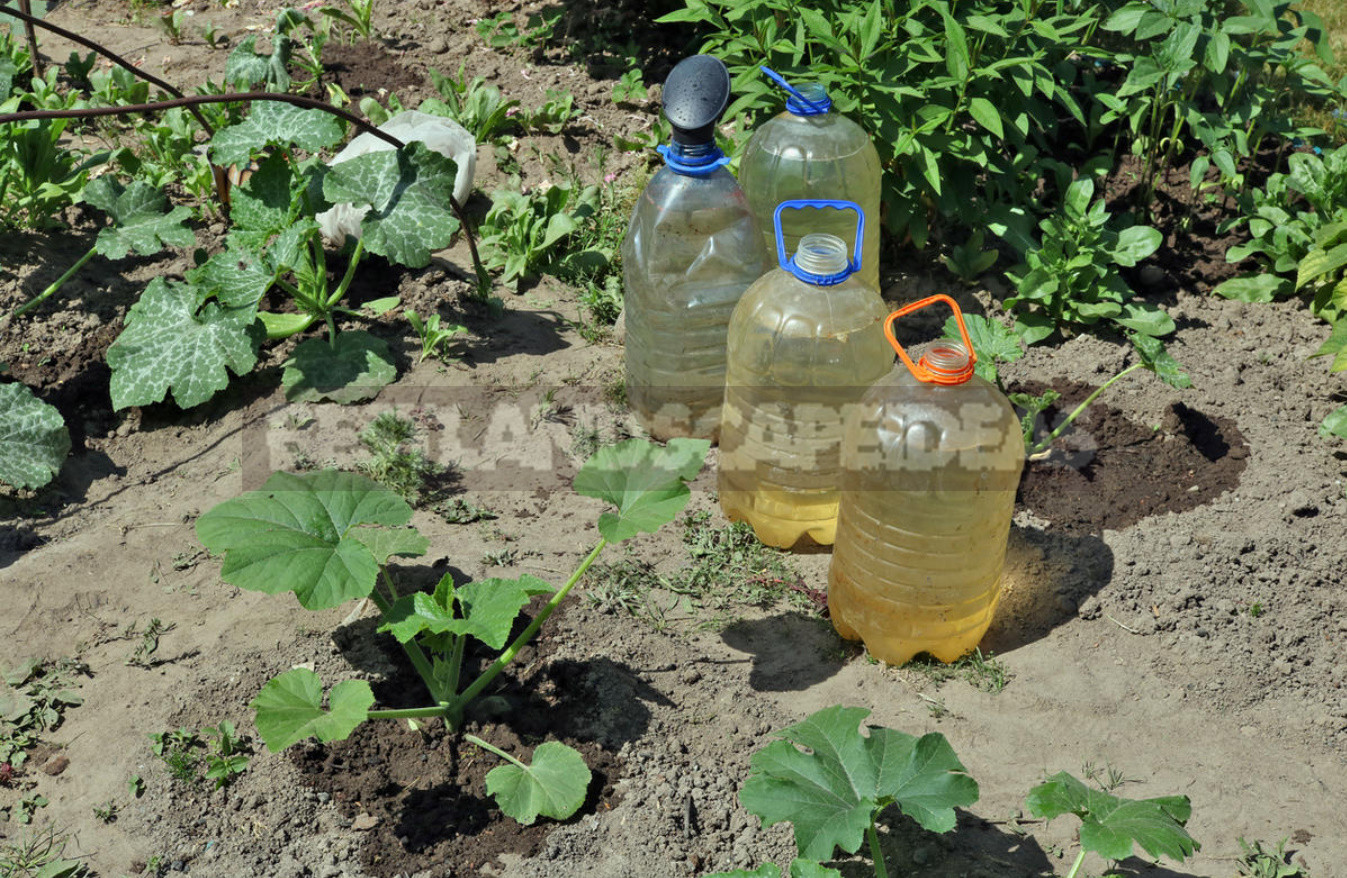
Pour cold water and cabbage. Or rather, not watering so much, how many jog under the scorching heat by sprinkling method. In this case, the main watering is done under the root.
It turns out that a clear answer to the question, warm or cold, no. And the terms “warm-cold” are conditional. The optimum temperature of irrigation water depends on different factors:
- type of vegetables,
- growth phase — that could ruin a delicate seedling can easily withstand a healthy adult plant,
- method of irrigation (sprinkling or under the root),
- air and soil temperatures, because in the heat of the water in the storage tank can heat up very much, and watering will not occur heated water, and almost boiling water on hot soil.
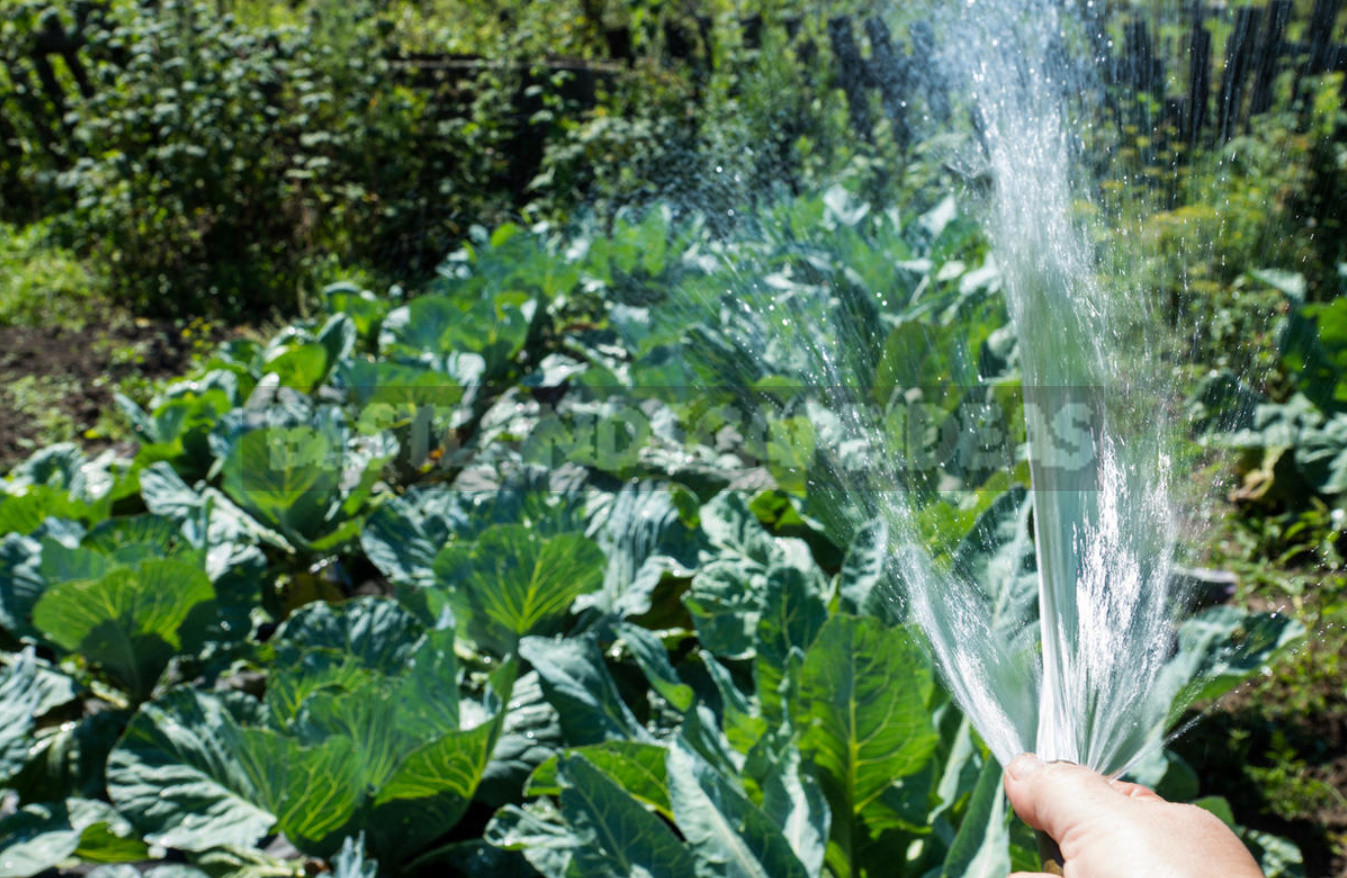
Hot soil, in turn, can serve a good service to those who water directly from the well and who do not have the opportunity to preheat the water. Until moisture leaks to the roots, it will have time to become warmer.
Pour correctly
As it turned out, warm watering can really increase productivity. Just watered properly: on time, correct temperature and most importantly, the culture which is really interesting.
To determine the correct watering, it is necessary to adhere to several simple recommendations, the first of which — treat others as you would like to be treated. That is not so important — cucumber or cabbage. Any plant should not be watered with water pumped directly from the well, because you yourself would hardly want to get under an ice shower. Do not forget that the water extracted from a great depth, has a temperature of only about +6°C. Also, do not use for watering highly overheated water in the heat. In combination with hot soil, you can simply cook your vegetables, arranging them “bath”.

The easiest way to determine the best conditions for watering is to avoid contrasts. After all, it is the sharp fluctuations that lead to diseases: the greater the difference between the temperature of water and the environment (both soil and air), the more stressful conditions are created for the plant organism.
Should not (except in special cases) watering any plants on the leaves. In Sunny weather, water droplets can work as lenses, and the plant will get burns. And in a cloudy — in every drop quickly develop active microing so far, and to blight and other ills.
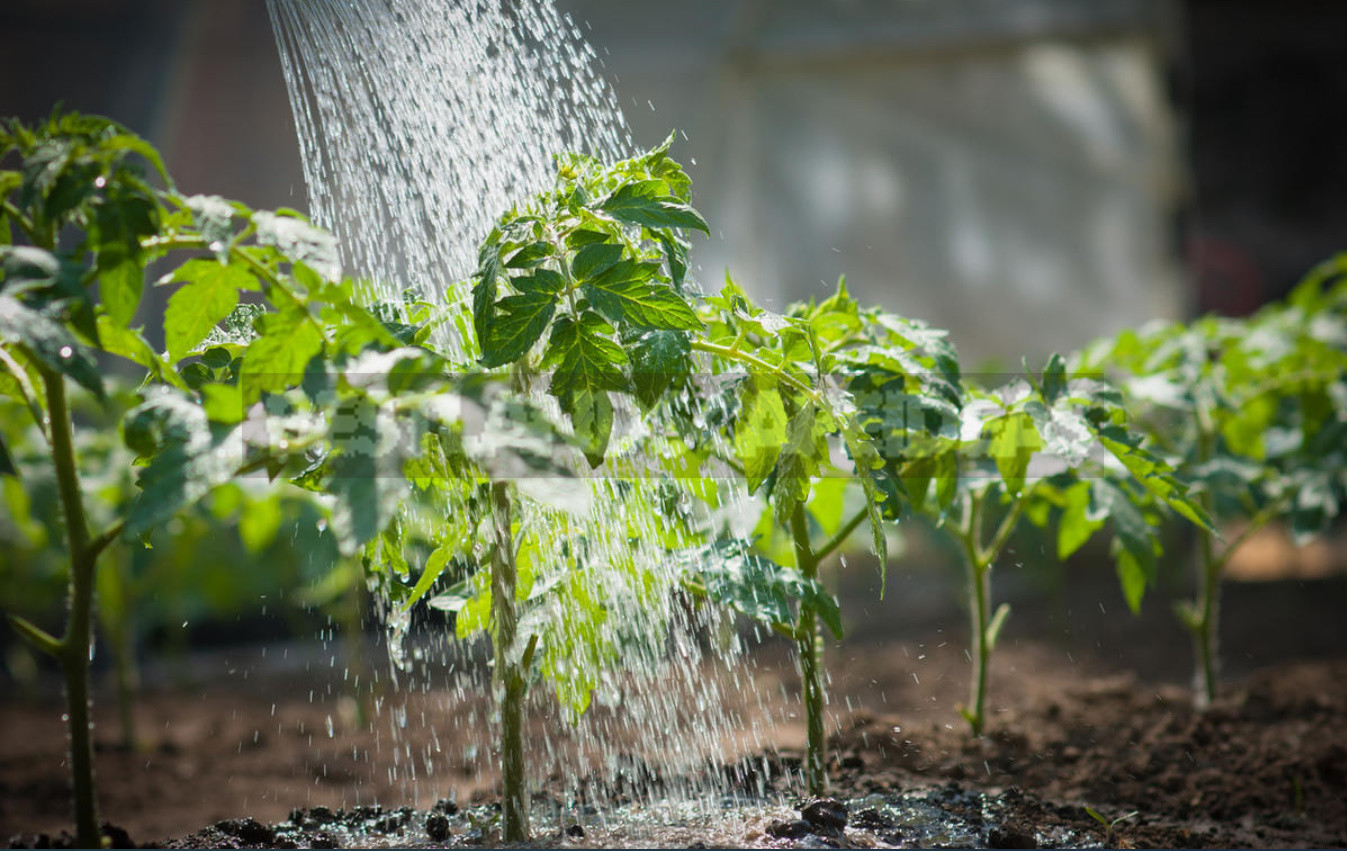
The easiest way to ensure the delivery of moisture to the plants and maintain optimal water temperature with drip irrigation. Slowly flowing water will have time to warm up, no matter how cold it may be, and watering directed directly to the roots, will protect against diseases.
It is necessary to take into account the time of moisture. Most experienced gardeners are advised to water the plants in the evening, at sunset. And water is consumed more economically — in hot weather most of the moisture evaporates, not having time to penetrate into the deeper layers of the soil. But very late is also not worth it: night temperature reduction also contributes to increased evaporation, that is, again, to the loss of water and excessive moisture of the air around the plants. This is especially true in the greenhouse. The organization of timely irrigation can be managed with the help of irrigation systems and even without the use of special automation.
The conclusion is the following. Requirements for watering each culture has its own, but it is obvious that the ice stream will not benefit anyone. But the increase in yield contributes to watering the roots with water +18…+22°C, but provided that it is not lower than the soil temperature. What’s your theory? How do you water your plants? Waiting for everyday advice on watering.
